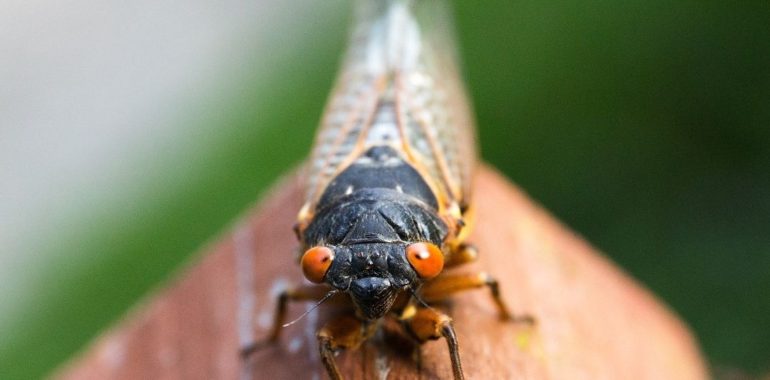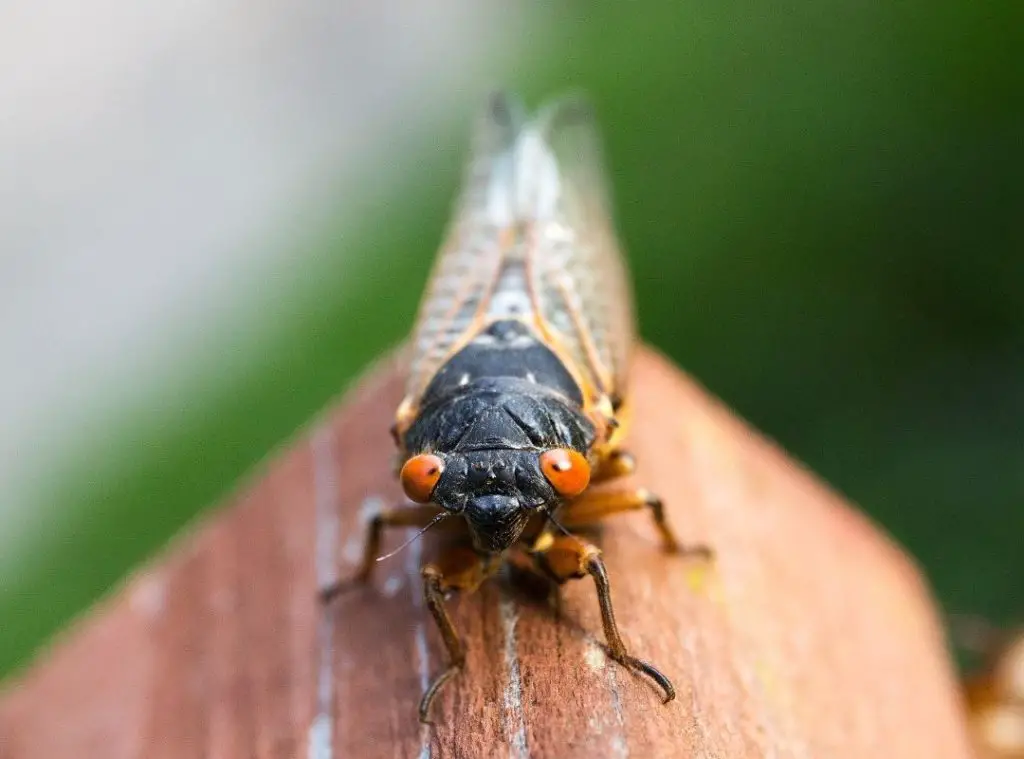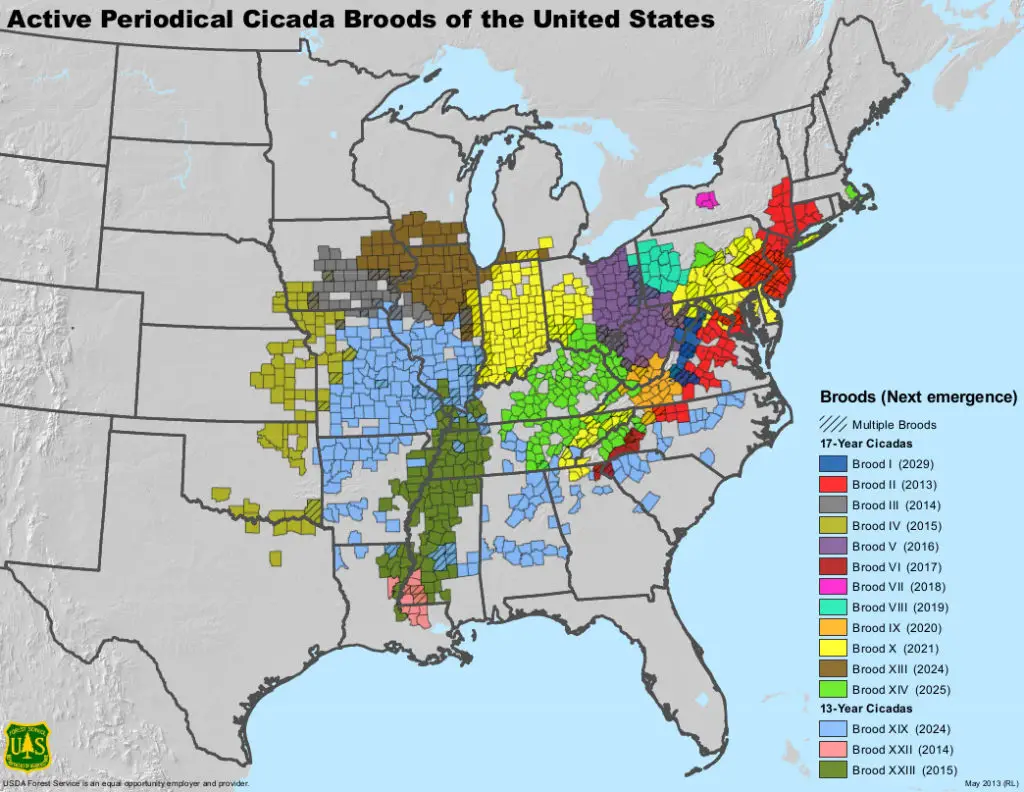Will Cicadas Eat My Garden?

Will Cicadas Eat My Garden?

It’s 2024 and great masses of periodical cicadas will soon be hatching out in many areas of the United States. Are potential swarms of cicadas coming to your area? And if they are, do you need to be worried about your garden plants? Read on for more info about cicadas, where they will be in 2024 and whether you need to be concerned.
In many parts of the United States, cicadas are a common presence, filling the air with a distinctive loud buzzing sound in late summer. But once in a great while, enormous numbers of what are called “periodical cicadas” hatch out of the ground and for about a month in late spring/early summer they are EVERYWHERE. When this happens, you may worry that cicadas will damage your garden.
What do cicadas eat?
Many people confuse cicadas with locusts, swarms of which can be devastating to crops. But cicadas are not locusts. Will cicadas eat your vegetable garden? Not likely.
Cicadas mostly feed on tree sap. Only in cases where they hatch out in extremely high numbers or there is a very low availability of good trees might they go after other types of crops. So in general, you shouldn’t need to worry too much about cicadas chomping on your tomatoes, peppers or corn.
Mature trees can also usually handle the swarms of cicadas. They may drop a few branches but likely won’t sustain any lasting damage. However, if you have young saplings, cicadas can be more of a problem. Young or delicate trees may not have the strength yet to defend against the damage caused by the cicadas laying their eggs in the branches. Then the nymphs will fall to the ground in late summer and start feeding on the roots, which can cause further damage.
If you are expecting an emergence of periodical cicadas in your area this year, you might want to hold off on planting that new sapling until the fall when the adult cicadas have died out. For other small trees, you could put netting around the branches to keep the cicadas from landing on it and laying their eggs.
When are the cicadas coming to my area?
The massive swarms of periodical cicadas happen every 13 or every 17 years, depending on the brood that is native to your area. The map below was made by the U.S. Department of Agriculture, and shows when and where each brood is expected to emerge. This year (2024), there are two broods expected to emerge in late spring, the 17-year Brood XIII (in brown) and the 13-year Brood XIX (in light blue).
If you live within one of these Brood areas during the season when the cicadas start to emerge in late spring, it’s quite a sight to see. And the sound of all those insects performing their loud, buzzing mating call can be almost deafening. (Check out the embedded audio clip of the 17-year cicada’s mating call.)
I first experienced the emergence of Brood V in Northeast Ohio in 1982. We had many mature oak trees surrounding our house ideal for cicadas to feed on, and one morning we woke up and cicadas were everywhere.
As kids, my siblings and I found the whole phenomenon to be both amazing and a little creepy. The big red eyes, the weird exoskeletons they left behind on tree trunks and wooden porch posts, it was like being invaded by a bunch of little aliens. Once we got over the shock of it and realized they weren’t going to bite or sting, it was kind of a cool experience. Our favorite thing to do was to present one with a stick, which they would climb onto, and then fling it and watch them go flying. (This was solid entertainment in the days before the internet.)
The Life Cycle of a Cicada
All cicadas spend a large portion of their life underground as a nymph, feeding on tree roots. At this stage, they look similar to their adult stage, except without wings. For periodical cicadas, this phase is the vast majority of their lives, years and years, with the adult winged aboveground portion of their lives a very brief final hurrah lasting only a month or so. They mate, then the female will cut a slit into a tree branch and lay her eggs, and shortly after, the adult cicadas die.
The eggs will live in the tree branch for about 8 weeks or so, and then when the nymphs hatch out, they fall to the ground and burrow down to the tree roots underground where they will spend most of their lives. The following video gives a quick and fascinating look at the life of a 17-year cicada.
All Natural Weed Killer Hack, Composting Tips and much more in the Yard & Garden section.








